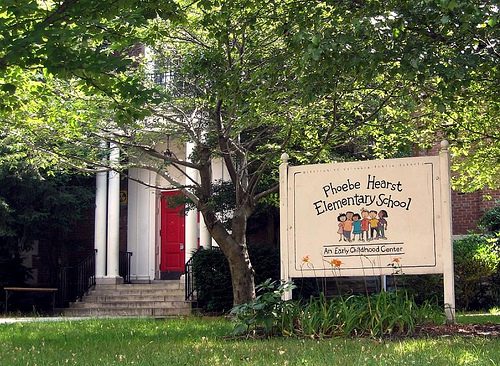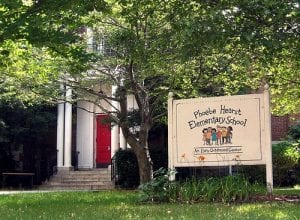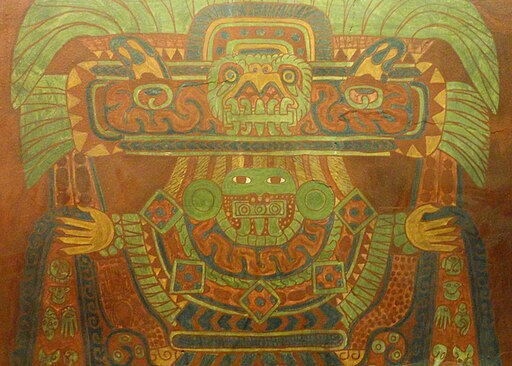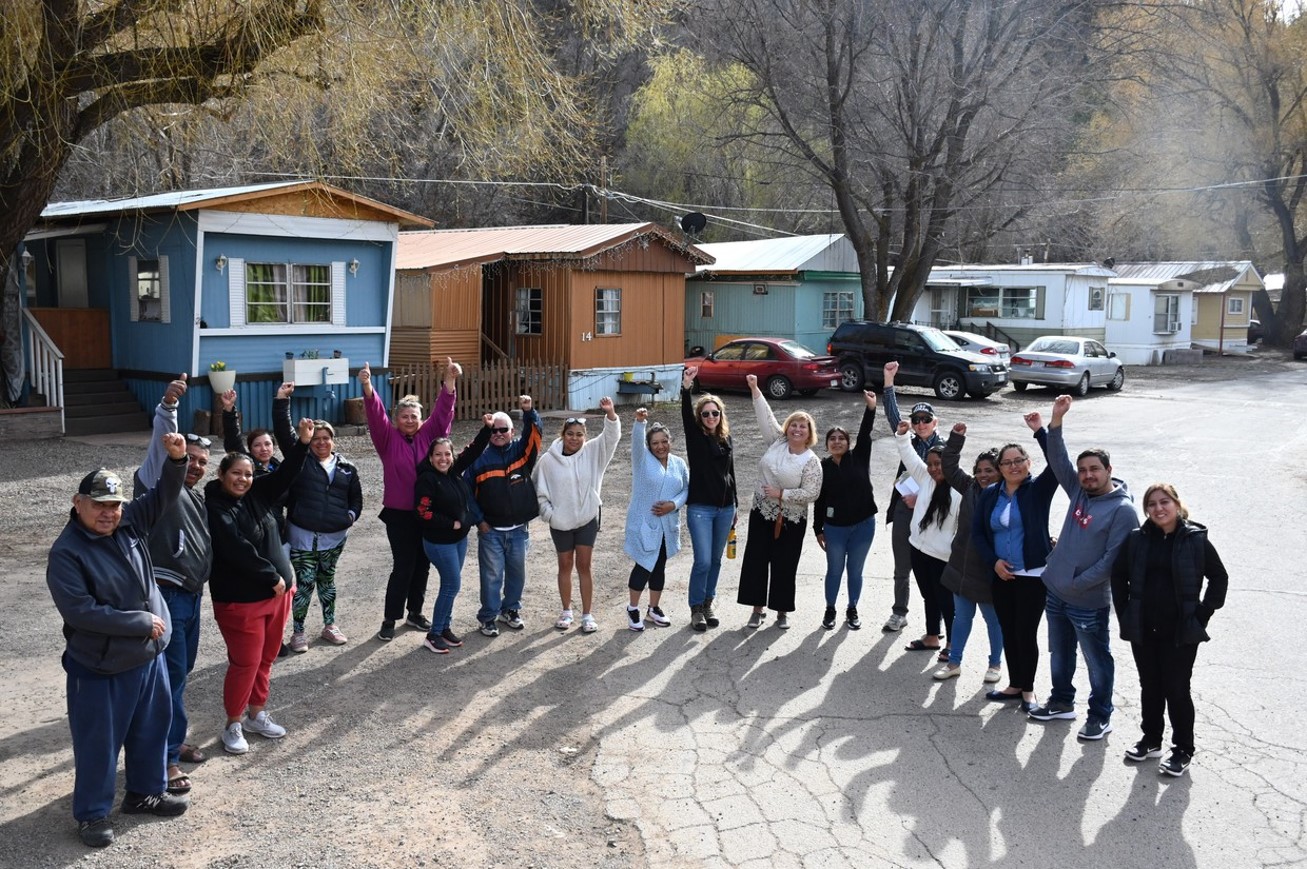Smart Growth expert Nathan Norris lists 11 key principles for measuring how well schools and school policies fit in with their communities. I really like them:
Restoration Preference: Will old schools be restored rather than replaced so long as the cost is less than a new school?
Holistic Planning Is school planning done in conjunction with land planning and transportation planning?
Community Buy-in: Is the school planning process designed in a way to secure meaningful community input?
Elimination of Design Constraints: Do you have the flexibility to design the school efficiently for the site and the community?
Neighborhood School: Is the school embedded into a walkable neighborhood so that most students can reach it safely without the necessity of a car or bus?
Prominent Site: Is the school sited in a prominent location (e.g., terminated vista or on top of a hill) so that it communicates the importance the school has in the culture of the community?
Shared Use: Is the school sited or designed so that it can share uses with the community such as a gym (or YMCA), park, ball fields, community meeting space, etc.?
Flexibility: Is the school designed so that it can grow or contract in size and services as the neighborhood grows or contracts so that it remains useful over a longer period of time?
Connected Learning Environment: Is the school connected to the local community through interaction with local businesses or through a community service program?
Community Pride in the Design: Is the school designed so that it generates community pride as measured by a Visual Preference Survey (VPS)?
Green building certification: Does the construction or renovation of the school follow best practices regarding energy efficiency, water efficiency, indoor air quality, daylighting, light pollution and earth-friendly construction techniques?
For more of my blog posts, go here.






I like these too, though the “neighborhood school” part is often a two-edged sword. I am, certainly, a huge proponent of walkability and walking to school, but at least here in Albany, calls for neighborhood-based K-8 schools are usually driven by isolationist/segregationist motives, rather than sustainability ones, and I tend to be reluctant to align myself with such groups.
Anyone face similar issues? How do we reconcile the value of integration with the value of walkability in a still-segregated society?